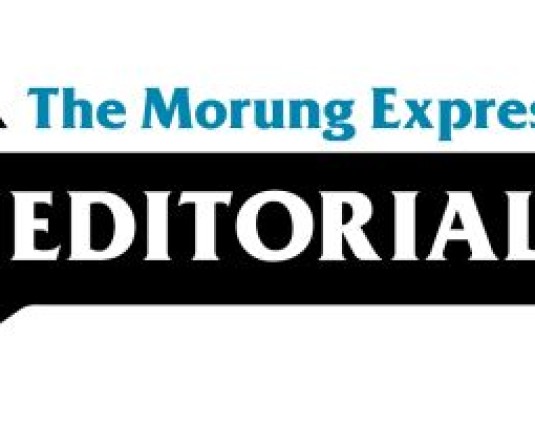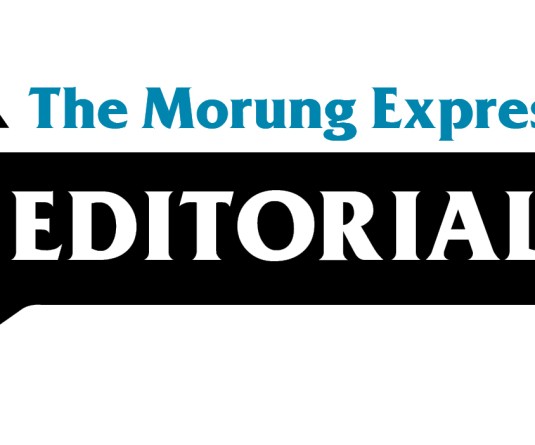
Dr Asangba Tzudir
The pursuit of the ‘highest good’ and for the well being of the people and for creating a harmonious society is a constant struggle, and while the mark of a civilized society is also defined by having a mindset that tries to settle the differences among the people through a dialogue, the present rift between some tribal hohos and the Naga Mothers Association (NMA) has brought out not only the ‘un-civility’ and ugliness, but more so our reluctance to come together across the table and honestly engage in a dialogue to settle the differences.
The various Naga tribal hohos and organizations along with the Naga Mothers Association (NMA) have been for a very long time at the forefront of leading the various Naga struggles together, and from this lens it is indeed surprising to see the current rift among them. While on the other hand it is not surprising considering the ‘context’ in which the rift has come about. The recent tussle even over certain terms, specifically, disagreements over the use of the terminologies - ‘omission, omitted and deleted’ surrounding the Urban Local Bodies (ULB) elections in the State attests to the fact that we have failed to see the ‘content’ while being ‘blinded’ by the Naga ‘context’ – the worldviews built around patriarchal mindset.
The strict division of labor in the traditional Naga society between men and women has been a subject of debate and criticism today. Womenfolk not only have the potential but have been doing almost everything and much better than men excelling in every field of human activity. Though men ‘boasts’ of honoring and protecting women, for instance, menfolk guarding the womenfolk from behind, with spears, shields and daos while returning after work in the field, in actuality was all for the protection of valor, prestige, dignity and honor of the menfolk. It was dishonor and shameful for the men if they were not able to prevent their ‘enemies’ from taking the heads of their womenfolk.
If not for the cultural domestication, Naga women would have been baptized along with the men much earlier, and for that matter even school education for girls for the simple fact that household chores will be affected. It was difficult for women to create their own narrative within a naturalized setting, but to ‘silently’ bow down to the system of men.
Throughout the course of human history women has been ‘tagged’ as the ‘inferior’ and ‘weaker sex’ or the ‘undesirable sex’ and being categorized as the “Second Sex.” The idea of women is constructed in male centric discourses both oral and written, which privileges male as essential, adequate and complete while women are considered inessential, inadequate and incomplete. Upholding ‘man’ as the ultimate being, Aristotle described women as the “defect of man” or women as the “defective male.” Thereby man is the ultimate being, the complete model, while woman is the ‘other’ of being.
Today, largely because of such historical and cultural underpinnings we continue to focus on the ‘context’ rather than trying to see and understand the ‘content.’ And the current rift calls for a sincere dialogue between the tribal hohos and the Naga Mothers Association so that there can be a shift from the ‘context’ towards the more important ‘content.’
However, there are dangers associated. One may think why the serpent approached Eve instead of Adam. Being in a patriarchal society, women should also not fall into the trap of becoming women patriarchs, or else the voice of the voiceless women will continue to be misrepresented and unheard, while also derailing the sweetness of the ‘man-woman companionship’ which is also integral to building a harmonious society.
Dr Asangba Tzudir contributes a weekly guest editorial to The Morung Express. Comments can be emailed to asangtz@gmail.com





